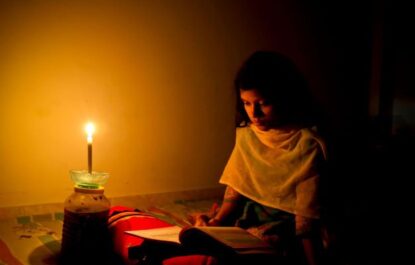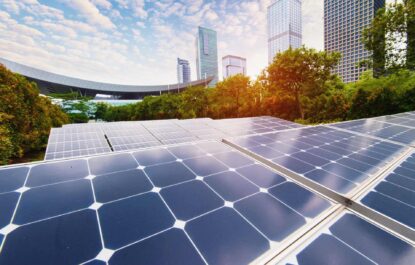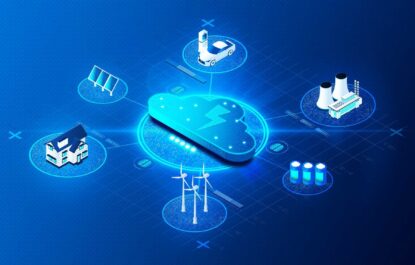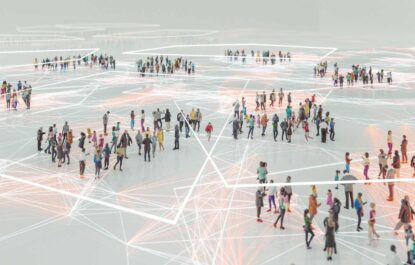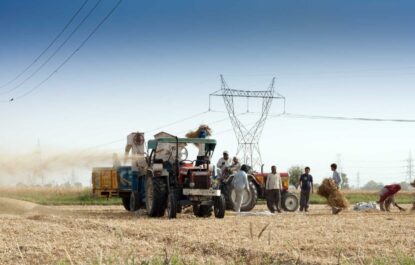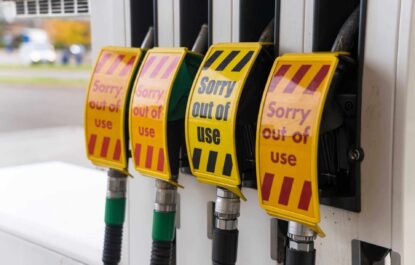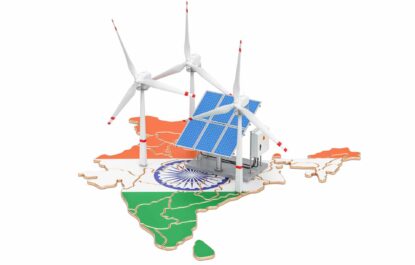The electrification program was deemed a massive success, with the International Energy Agency calling it one of the greatest success stories in the world in 2018. Behind the success story was the government’s targeted approach of strengthening distribution infrastructure to connect villages to the main grid, promoting the development of microgrid and off-grid distribution, and supporting standalone solar home systems.
While the project did very well overall, several discrepancies were reported. ARockefeller Foundation study said that only 65% of rural micro-enterprises had a grid connection. More than 40% of the electric grid users expressed dissatisfaction with DISCOM’s services. Another Council of Energy, Environment, and Water survey in 2019 revealed that poorer states such as Jharkhand received only nine hours of energy on average. Even the wealthier states, such as West Bengal, faced over four hours of power cuts daily.
Notwithstanding the government’s achievements, the independent findings beg the question: how to extend reliable and uninterrupted electricity supply to remote villages and small communities to give a fillip to the rural economy? For entrepreneurs or authorities seeking to bridge the power supply-demand gap in the rural terrain, peer-to-peer (P2P) energy trading holds answers to ensuring uninterrupted supply while boosting economic growth.
Before we delve into how P2P energy trading can help address the issues miring the rural electricity sector, let’s first understand the problems.
What are the biggest challenges to rural electrification?
Affordable and reliable electricity can help address the issues like poor health, low literacy rates, unemployment, and the disconnect between rural and urban living standards. But to address these issues, we must first understand the underlying cause of poor electrification, which includes:
The poor financial health of DISCOMs
Already reeling under the burden of financial instability, DISCOMs must deal with low tariffs, electricity theft, and poor grid infrastructure in the rural setup. Without incentives to offset losses, DISCOMs become further stressed when new connections are added. Government schemes have not adequately addressed the underlying issues discouraging these companies from refining their supply. These schemes do not account for poor households’ inability to pay bills and reluctance to get metered connections.
Technical challenges and topographical issues
Most remote villages and communities lie in topographically inaccessible terrain. The cost of setting up infrastructure and maintaining it is very high, while revenue potential is low.
The inability of DISCOMS to buy excess power
The Central and State governments created complementary programs under DDUGJY to support standalone microgrids and home solar energy systems to accelerate electrification. In fact, according to the Rockefeller Foundation report, non-grid solutions such as solar home systems and mini-grids are used by 16% of rural households and 40% of rural micro-enterprises. Often, these non-grid solutions generate excess power. Under the PM KUSUM scheme, farmers can sell the surplus to the grid. Unfortunately, the poor financial health of DISCOMs renders them incapable of buying the excess.
Centralized power generation
India’s power supply is highly centralized, with over 96.7% of the households depending on the grid managed by financially weak DISCOMs. While there has been some decentralization – microgrids and solar home systems – further unbundling is necessary to make the electricity supply more accessible.
How can Voltreum catalyze P2P energy trading?
The energy distribution is the biggest challenge in the push toward rural electrification. Expensive power purchase agreements, poor infrastructure, inefficient operations, and inadequate revenue generation compel DISCOMs to make critical investments to improve the quality and continuity of power supply. These challenges can only be met by institutional changes such as the digitalization of the grid, investments in distributed energy resources, and virtual microgrids with peer-to-peer energy trading.
P2P energy trading can create asset monetization opportunities for local prosumers while reducing energy prices and democratizing energy access. It can reduce the burden on DISCOMs, allowing them to focus on improving infrastructure and supply.
Voltreum is a blockchain-based decentralized peer-to-peer energy trading platform that enables real-time, transparent, and borderless energy trading between individuals, companies, and neighborhoods. Visit our website to learn more about us and how we catalyze P2P energy trading.




